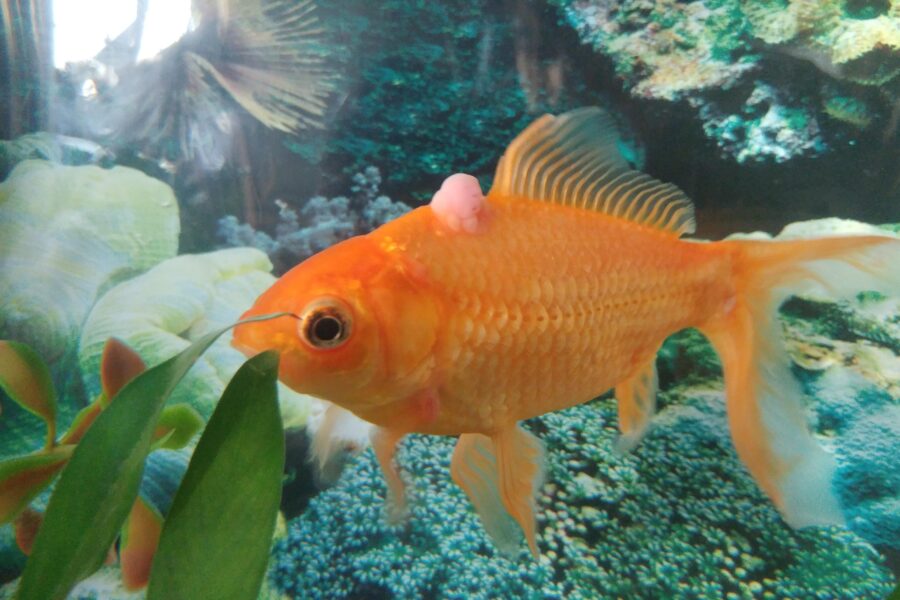
White stringy poop in goldfish may sound like the title of a quirky indie band’s new single, but it’s actually a real thing that happens in the underwater world of our finned friends. Don’t worry, this isn’t a prelude to a scientific lecture filled with words longer than the train of stringy poop itself. Instead, consider this your handy, easy-to-read guide to understanding what the heck is going on when your goldfish starts channeling its inner spaghetti factory.
Get ready to dive into the world of goldfish digestion, where things can sometimes get a little…fishy. Buckle up, fish enthusiast, as we embark on an adventure to the bottom of the tank! Let’s unravel the mystery of the infamous white stringy poop, uncovering potential health implications and getting some tips on how to make your goldfish swim happily ever after.
The Mystery of Goldfish Poop
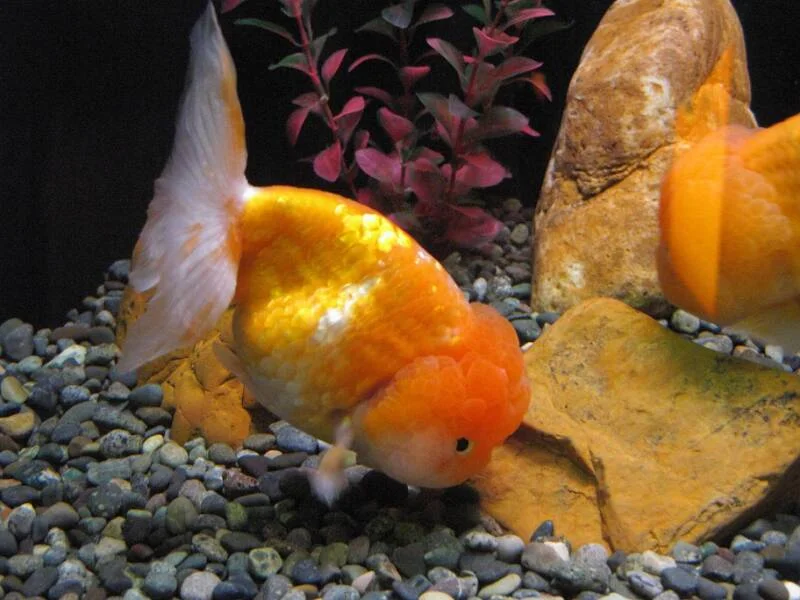
First off, let’s debunk a little myth. Contrary to popular belief, your goldfish aren’t designing abstract underwater art with their waste. Yes, even if that white stringy substance they’re leaving behind might have you guessing otherwise.
Busting Myths Around Goldfish Poop
There’s an old wives’ tale that goldfish poop bubbles. Trust me, this isn’t a magical underwater party, and those aren’t magical “bubble poops.” More likely, it’s excess air from overeating, or, well, regular ol’ fish farts. Let’s just say, less Hogwarts, more natural biology.
Understanding the Normal Goldfish Poop Color and Consistency
Now, let’s move on to what goldfish poop “should” look like. It’s not a dinner table conversation, but hey, it’s essential to your goldfish’s health. It usually mirrors the color of the food they eat – think brown, green, or yellow – and holds a semi-solid shape. It’s like Playdoh, only less fun and colorful.
Now that we’ve dipped our toes into the deep waters of goldfish poop (not literally, of course), let’s wade further into the issue of that unusual white, stringy output.
Getting to Know the White Stringy Poop in Goldfish

Imagine you’re having your routine chat with your goldfish buddies, when you spot it. “What’s that I see in little Swim Shady’s bowl?” you exclaim. If you’ve observed a clingy, white, noodle-like stuff trailing from your finned friend’s undercarriage, you’ve met the infamous white stringy poop.
Explaining What White Stringy White Stringy Poop in Goldfish Is
White stringy poop in goldfish is like a sticky note in their world – one that screams, “Hey, something ain’t right!” It’s the aquatic equivalent of a sick day. This waste isn’t the healthy brownish-green, chunky masterpiece you’re used to seeing. Nope, this one is pale, thin, and stringy. The consistency mimics a strand of wool, hence the nickname. But, why does it appear?
Reasons for Its Occurrence
In a goldfish universe, the “ghost poop” (spooky, eh?), mostly signifies a digestive hiccup. Common causes include bad food making their stomachs go belly-up, internal parasites crashing the dinner party, and constipation causing a traffic jam. It could also be a sign of bacterial infections changing the pH balance – all of which can give their poop the ‘Casper’ makeover.
But, hey! Before you jump into the panic pool, remember – not everything that’s white is ghost poop. Your goldfish may just be stressed, which incidentally can also discolor their poop. So don’t get on the worry-wagon just yet!
Alright, time to amp up our fish detective skills. In the next section, let’s dive deeper into the health implications of white stringy poop. Together, we’ll get Swim Shady back to his groovy gold self!
Health Implications
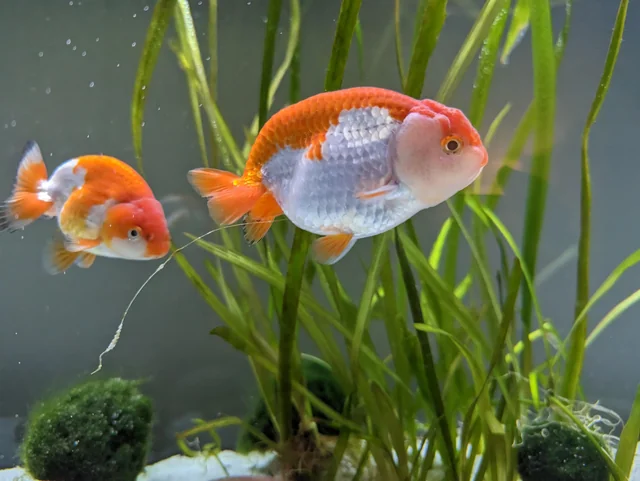
Aah! The plot thickens, just like good mystery novel, doesn’t it? Now let’s dive in and unravel what could potentially be going wrong with our finned friends when they start redecorating the tank with white stringy poop.
Unveiling Potential Health Issues Behind White Stringy Poop in Goldfish
The white stringy poop in goldfish is more than just a strange and crude art exhibit. It’s often a telltale sign of internal parasites or bacterial infections. Bet you didn’t see that coming? Not the most pleasant party info, but hey, the more you know!
These pesky intruders can cause havoc in your goldfish’s digestive system, leading to not-so-fancy feces. But worry not, your fish aren’t alone in this struggle – it’s a common issue among many pet fish.
Mentioning Other Signs of Illnesses to Look For
While white stringy poop is quite the showstopper, other signs could hint at a health problem in your goldfish. Look for a change in their eating habits or a dash of lethargy. Is your water buddy swimming oddly or hiding more often? Red alerts! Unusual spots, swollen belly, or rapid breathing should send you straight to Fish-Doctor Google as well!
It might seem overwhelming, but you’ve got this! I’ll give you a pointer though, goldfish are natural drama queens, so don’t freak out at the first sign of trouble!
Now with that being said, let’s not just sit and worry about our beloved goldfish health. Let’s explore what we can do from the comfort of our homes to help them feel better. Buckle up, we’re heading straight to the home remedies section!
Treating White Stringy Poop in Goldfish: Home Remedies
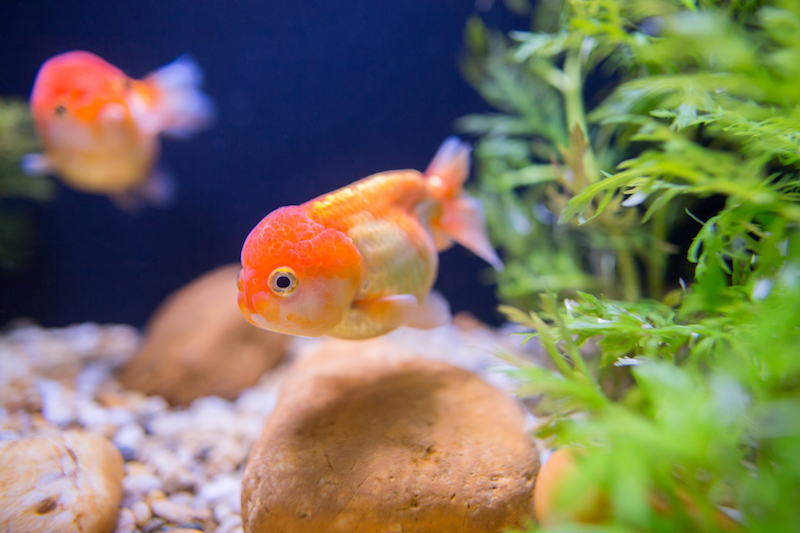
Ever heard that old saying, “an ounce of prevention is worth a pound of cure”? Yeah, well, sometimes despite your best efforts, weird stuff like white poop still happens. And when it does, we’ve got a couple of tricks up our sleeves to help.
Bringing Effective Home Remedies to Light
Now, it’s important to note upfront that I am not a Goldfish MD. You can’t perform a poop transplant or get your fishy friend a stool softener. But you can swap out some of the water in your tank to give your goldfish a fresh start. This could solve the issue if it’s due to the water quality.
If that doesn’t work, another home remedy involves feeding peas to your goldfish. Sounds odd, I know, but peas can act as a laxative to help unclog any blockages. Just be sure to pop the peas out of their skins first – it’s a bit easier for your goldfish to digest.
Drawing The Line: When To Seek Professional Help
Think of these home remedies as band-aids, not lifesavers. They may handle the issue temporarily, but if it persists even after implementing these, it’s time to consult an fish expert. After all, you don’t want to be diagnosing a goldfish’s gastrointestinal issues based on web advice – unless the advice includes “Seek Professional Help”.
Ready to roll up those sleeves and dive into prevention? Remember, being a watchful caretaker is crucial in ensuring your goldfish thrives. Knowing the right way to maintain a tank and feed your goldfish properly will prevent future weird, white poopy episodes. And who wouldn’t want that? So swim with me to our next section.
Preventing Future Incidence
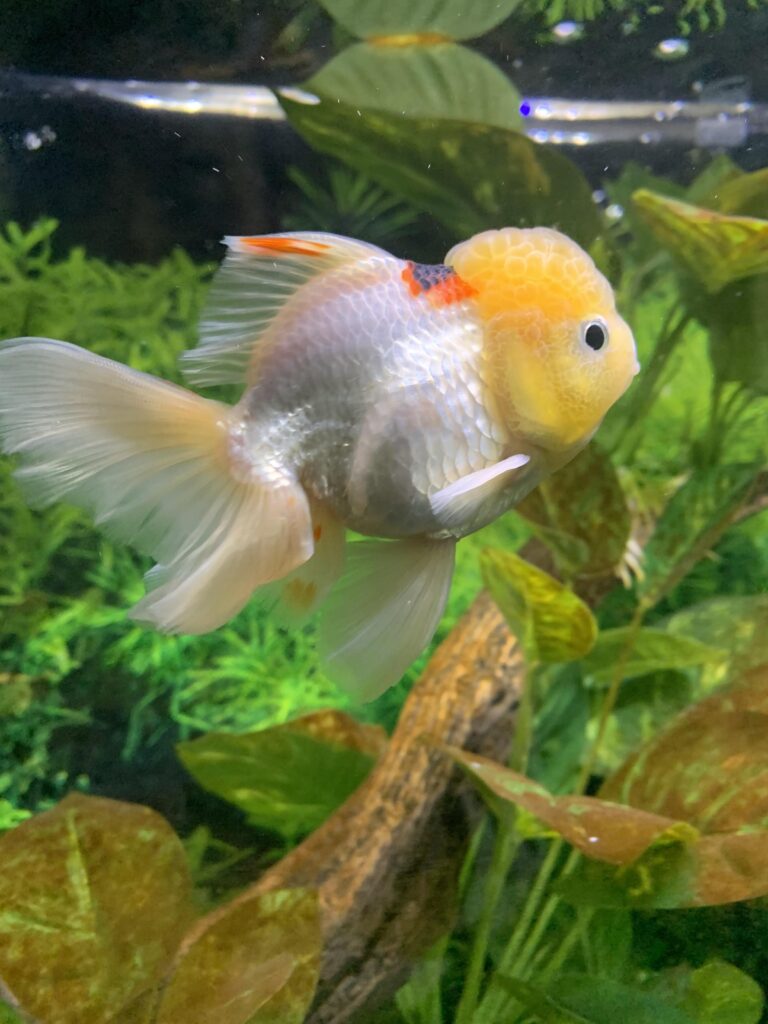
Phew! You have successfully navigated the poopy waters of goldfish health. Now, let’s make life more comfortable for you and your scaly pal. How? By preventing the return of the dreaded white stringy poop.
Fundamentals of Tank Maintenance
Good tank hygiene is your first line of defense against bacterial and parasitical invaders. Regularly check the pH and nitrate levels to ensure your tank isn’t becoming an aquatic zombie land. Keep your tank clean but avoid over-cleaning as it might disrupt helpful bacteria.
The temperature shouldn’t feel like a blistering day in Death Valley or a chilly night in Antarctica; maintain a mild temp around 23-24°C. Another key point: make sure your tank has enough space for the fish to wander (and poop).
Remember, you are the keeper of the goldfish’s mini universe. Therefore, your New Year’s resolution should be to keep that universe in tip-top condition, always.
Talking about the Right Diet for Your Goldfish
Much like avoiding a 2 am kebab, goldfish also need a balanced diet. Feed your goldfish a blend of dry, fresh, and frozen foods. A healthy diet equals less poop problems! Try not to overfeed them too, folks.
Think quality over quantity. Overfeeding can lead to constipation, obesity, and other health issues. It’s all about getting the gold balance: not too much, not too little, just right.
Now, you’ve learned how to address the white stringy poop issue and keep a healthy, gleaming goldfish. Next, we wrap up our master class in goldfish excrement detective work. Brace yourselves for some empowering final thoughts. It’s almost graduation time, kiddos! So let’s end with a bang, shall we?
The Takeaway

But hey, don’t start flipping fins just yet. Taking care of your goldfish needs a lot of elbow grease, sure. But remember, the journey to a healthier and happier fish starts with you.
Empowering the Readers: The Power is in Your Hands
You might think you’re off the hook now that you know about white stringy poop, right? Not so fast, mate. You’re now part of the elite “Goldfish Guardians”. Armed with this knowledge, you’re capable of diagnosing, treating, and most importantly, preventing your goldfish from ‘crapping out’ (pun intended!). Remember, you, yes YOU, have the power to keep your goldfish healthy.
The Journey to a Healthier and Happier Goldfish
So, you’ve embarked on this journey with your goldfish. This glittery, golden companion of yours depends on you. See those bubbles it’s blowing? That’s goldfish-ese for “Thanks for having my back…and my poop!” Having healthy goldfish isn’t a stroke of luck. It takes a careful eye and timely action. So, pat yourself on the back, Goldfish Guardian. You’re doing a heck of a job!
And remember, it’s not just about monitoring poop color. Goldfish care requires a balanced diet, tank maintenance, and a lot of love. Just keep swimming, my friends. The sea might be turbulent now, but with you at the helm, a healthier and happier goldfish is on the horizon.
Wrap Up
In taking charge of your goldfish’s health, we’ve illuminated not just the mysteries of goldfish poop, but also the inherent power in your hands. We’ve journeyed through the peculiar world of white, stringy substances, identified what’s normal and when to raise the alarm.
Let’s keep in mind that prevention is always better than cure. Regular tank maintenance and the right diet will ensure a future free from these incidences. But remember, even with home remedies, there is a line to tread – don’t hesitate to seek professional help when needed. Here’s to a healthier, happier goldfish for life!
Frequently Asked Questions (FAQ)
Question: What does normal goldfish poop look like?
Answer: Normal goldfish poop should be similar to the color of the goldfish’s food or a dark green-brown if they’ve been nibbling on plants. They are usually segmented and will sink to the bottom of the tank.
Question: Is white stringy poop in goldfish an indicator of serious health problems?
Answer: In some cases, white stringy poop in goldfish could indicate a digestive issue or an internal parasite infection. If it is accompanied by other symptoms, it’s recommended to seek professional help.
Question: What other signs of illness should I look for in my goldfish?
Answer: Apart from the white stringy poop, look out for signs such as lethargy, loss of appetite, erratic swimming, gasping at the surface, noticeable weight loss, red streaks, and swollen abdomen.
Question: What are some effective home remedies for treating white stringy poop in goldfish?
Answer: Increasing the tank’s temperature slightly can help, as can salt baths. Also, consider feeding your goldfish peas, which act as a mild laxative.
Question: When should I seek professional help for my goldfish’s white stringy poop?
Answer: If your goldfish’s condition worsens, or if they exhibit a combination of symptoms, it may be a serious issue requiring professional veterinary intervention.
Question: How can I prevent future incidents of white stringy poop in my goldfish?
Answer: Maintaining a clean tank environment and providing a balanced diet are key. Pay attention to potential stress factors, such as overcrowding, temperature fluctuations, and incompatible tank mates.

